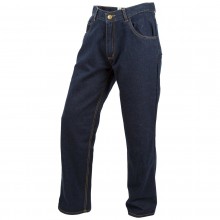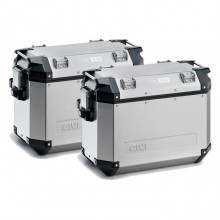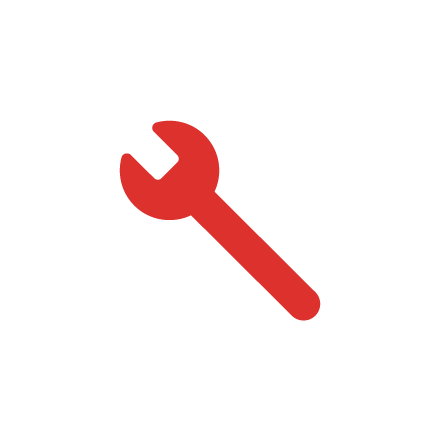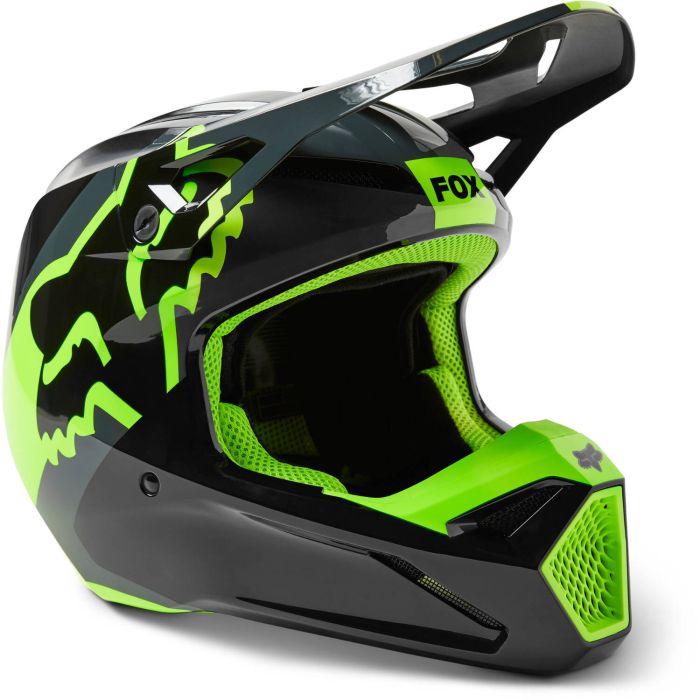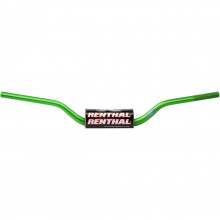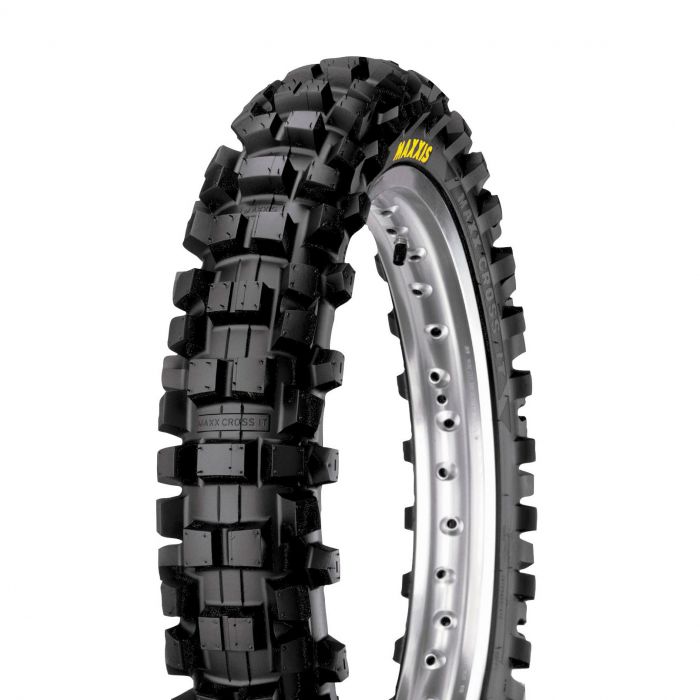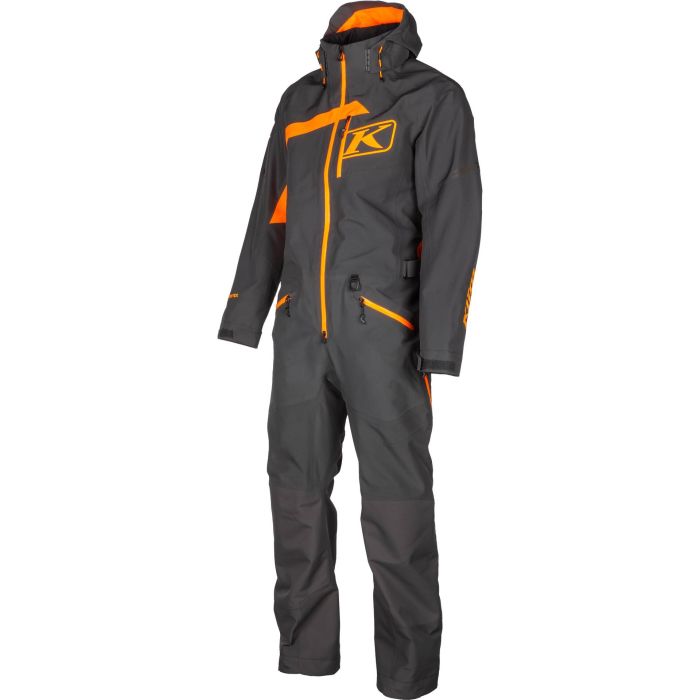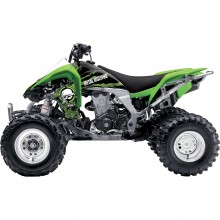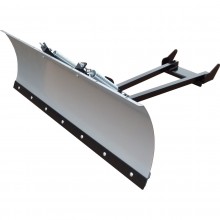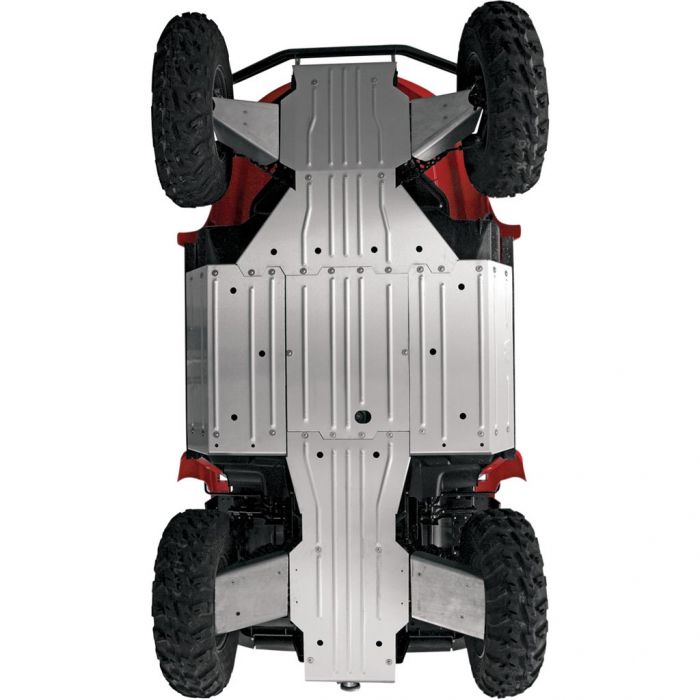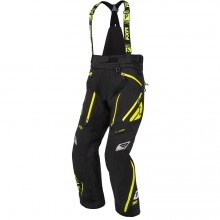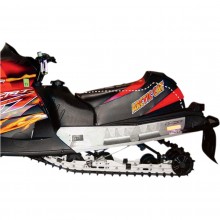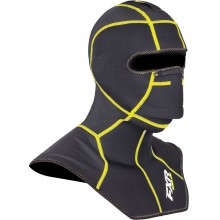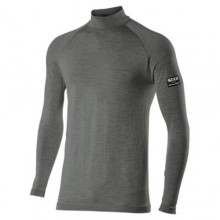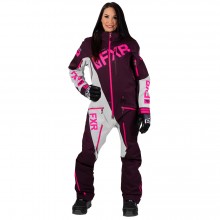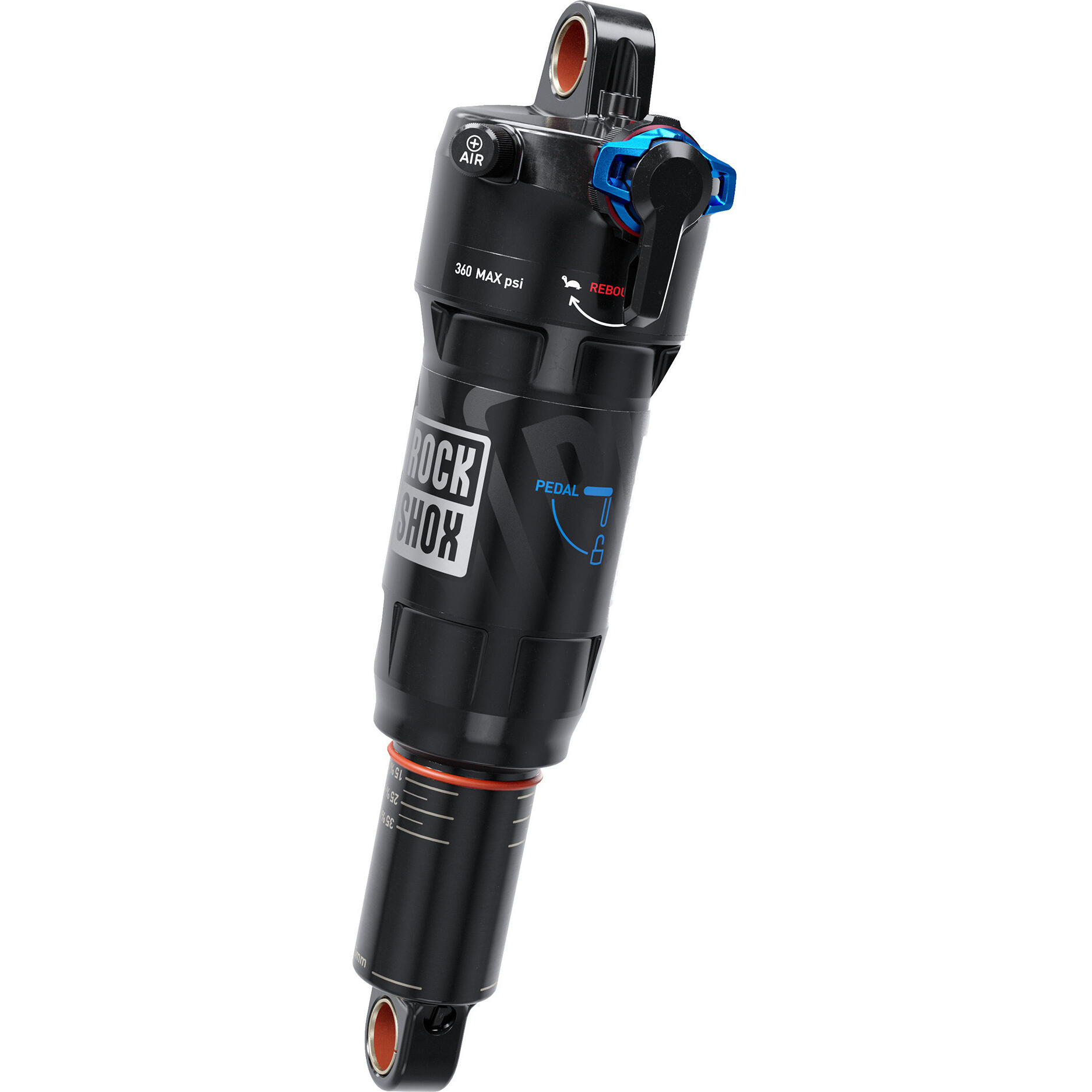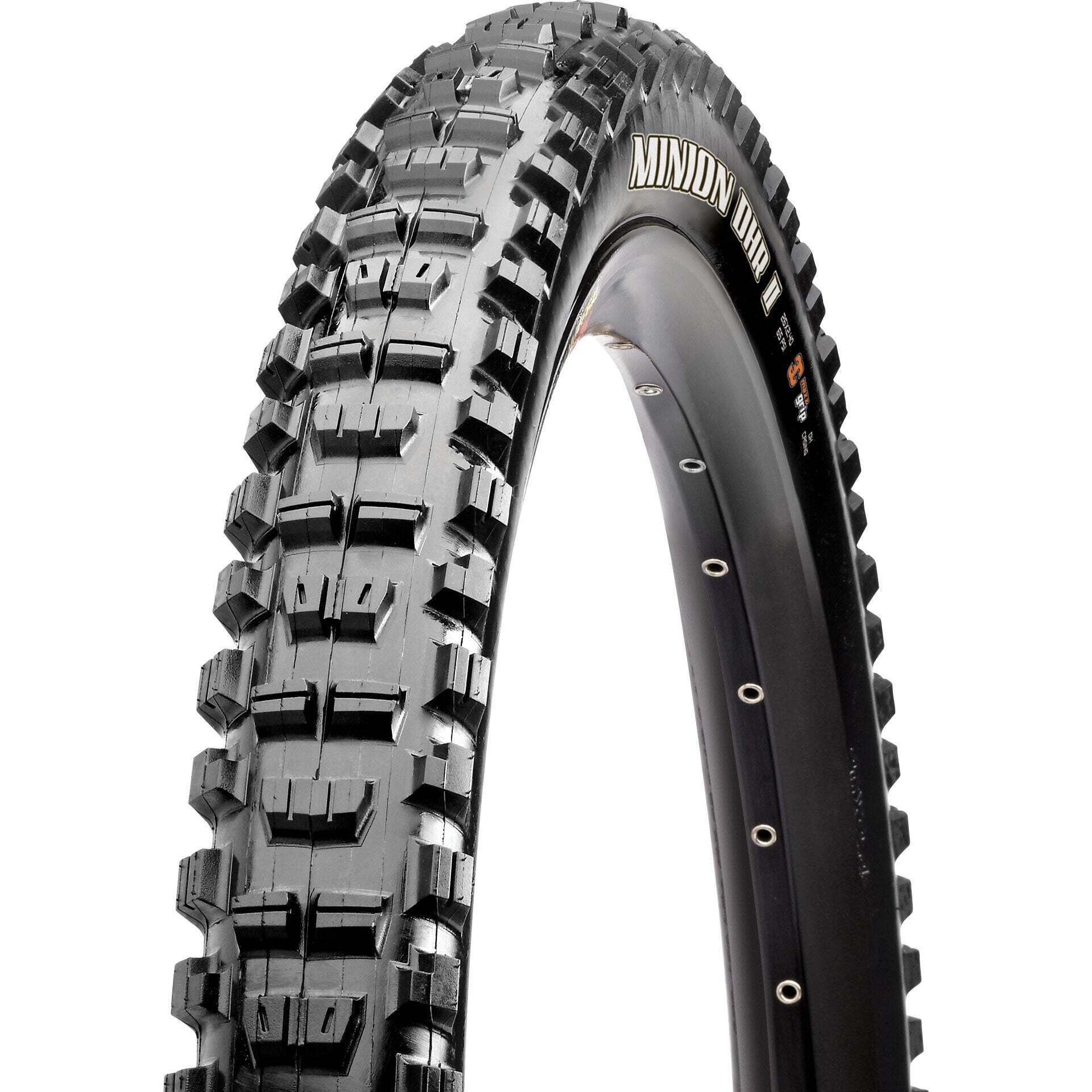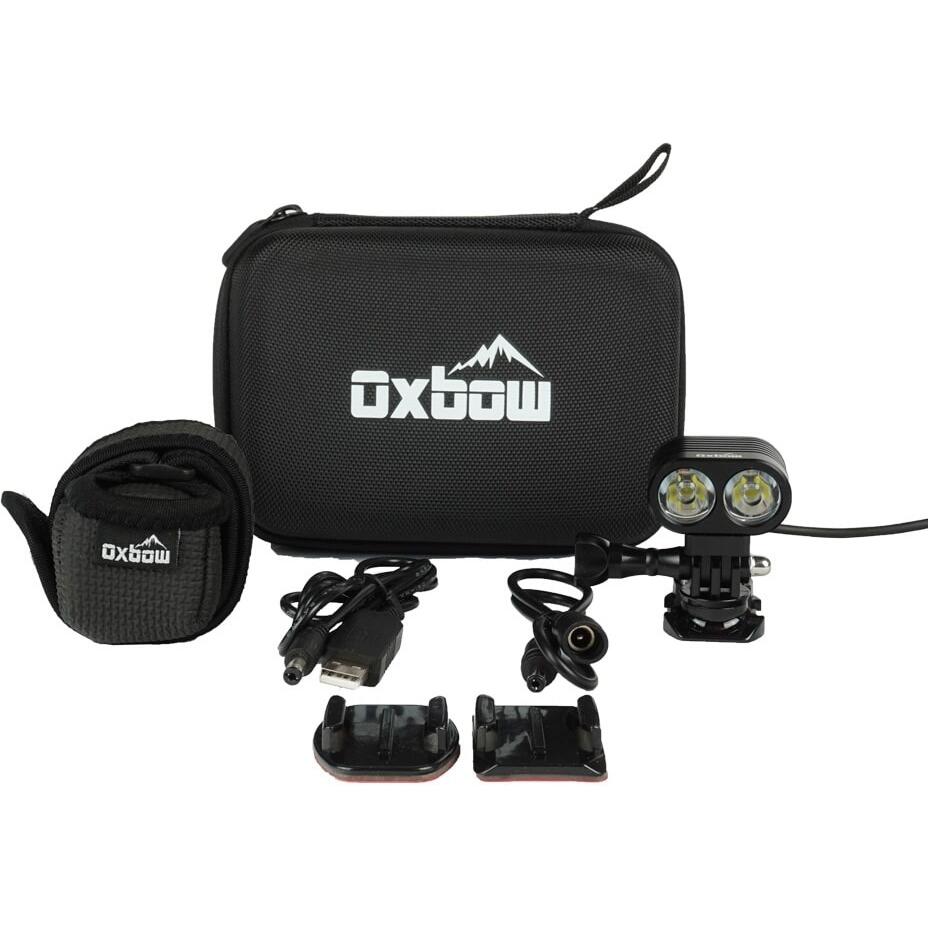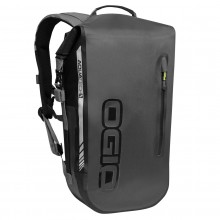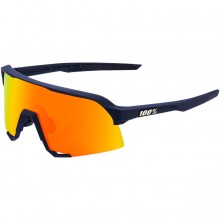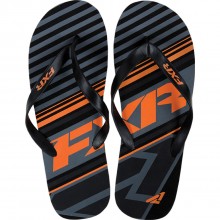
The Cost of Motorcycle Helmets: Cheap vs Expensive
Does a high price tag always guarantee a high level of protection?
Fortunately, there are motorcycle helmets out there that provide quality without forcing you to put an enormous dent in your wallet.
Shop Helmets
Sep 22, 2025 — Many will say that if you think your head isn’t worth much, then buy a cheap helmet. Now, most of us know about the minimum requirement of a DOT sticker on the back of our helmets, so we purchase DOT-rated lids, often at prices too good to be true, and say to ourselves "this is good enough, it's got the sticker, it's safe."
But let's take a look at the fine print. DOT allows manufacturers to do their own, and often incomplete, form of testing. This has a couple of implications:
Not every single DOT-rated helmet on the market has passed the safety standard advertised on the back.
If a manufacturer so-desired, it would be fairly easy to obtain DOT stickers for helmets actually unsuitable for road use.
And we're not even mentioning cases where fake stickers are used to provide a semblance of authenticity at a bargain price. So, how can we be prudent in selecting a new helmet , and how much should we be paying?
How to Avoid Fake Helmet Safety Certification
For starters, avoid sketchy-looking brands and look to trustworthy brands that actually test their products. Cool, but even helmets which are DOT compliant run the risk of not meeting the very same standard. Limited head forms are used, and rotational impact testing is treated like a mythical prancing unicorn, even if it does mimic actual motorcycle collisions.
Our advice: research the brand, and as a rule of thumb, 2 stickers are better than 1. Or at the very least, begin your journey with ECE homologation, which obliges testing on every single helmet that is certified. This doesn't mean you have to go broke in the process, but if your helmet is the same price as a Big Mac, just move to Florida and skip wearing one all together—same difference.
What Should a Motorcycle Helmet Cost?
Let’s talk frankly when it comes to money.
Motorcycle helmets typically cost between $50 and $1500. In the middle of this gap — roughly between $250 and $600 — there’s a "quality hump." In these middle-prices, you’ll find comfortable, quiet, well-ventilated and reasonably light helmets. In other words, the "quality hump" has the best value for your dollar. Below $250, you’ll find that entry-level helmets are noticeably lacking in these features.
Before you hand over your firstborn for a premium helmet, it’s important to know that there are no giant leaps in quality past the $600 mark. You’ll likely be paying for high-tech extras and a few shaved grams, or for a standard best suited for professional racing.
Of course, there are exceptions to this rule. Some entry-level helmets are of shockingly high quality. Similarly, some premium helmets are really worth the colossal price tag, having passed added safety tests (FIM, ECE 22.06) that can serve to put your mind at ease while on the road.
An important thing to note is that a hefty price tag is not directly correlated to added safety. Plenty of $100 lids are just as protective as the $800 carbon/Kevlar models. Many times, the difference will simply lie in achieving the same safety standard with less weight, and this is where expensive materials come in. Now if we’re talking about 2 helmets with different safety standards, one would have to be aware of the differences to make the right call.
Here are some solid options which offer the best of both worlds, quality construction at a more affordable price range:
Depending on helmet type, you can expect the price range to slide a bit. Open face and half helmets tend to be cheaper, simply because you’re buying less material. Off-road helmets are slightly more affordable than their on-road equivalents. Similarly, full faces are more reasonably priced than comparable modular helmets, unless you’re looking at gearing up for MotoGP. That’s just because the flip-up design is inherently more complex to manufacture.
So remember: just cause it’s all sleek and decked out with kevlar & carbon fiber doesn’t mean you have to go and spend your life’s savings. There are many options out there that are likely to offer the exact same protection — and sometimes they might not even weigh that much more.
With an informed buy, you’re on cloud nine.
Cheap vs Expensive Motorcycle Helmet - Crash Tested
Have you ever considered using a cheap no-name motorcycle helmet? Probably not! But at Crash Test we like to answer the questions that nobody asked. So, we took a trip to eBay and bought a $30 motorcycle helmet to destroy for your entertainment.

Related Articles
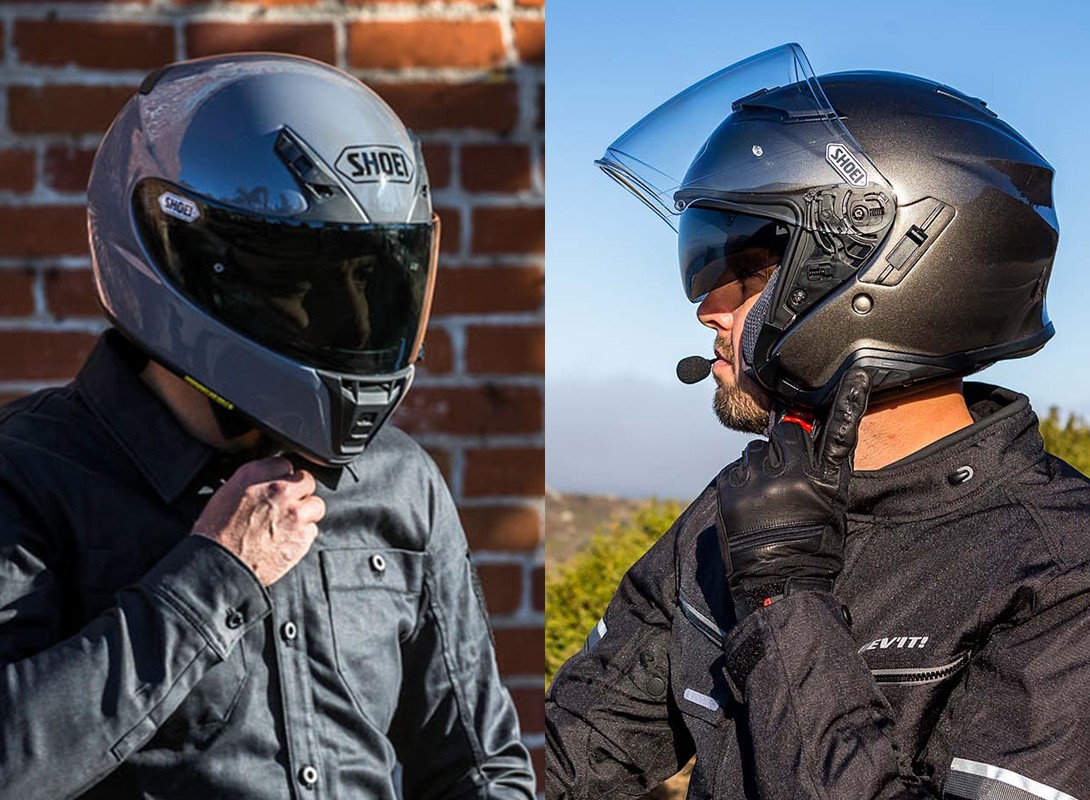
Types of Motorcycle Helmets
There are 6 different types of motorcycle helmets out there. Pick the one that best suits your riding style.

Beginner's Guide to Motorcycle Gear
Gearing up safely doesn't have to bust the bank. Here are our top picks for beginner riders.

5 Telltale Signs of a Bad Used Motorcycle
Buying a used bike, or a lemon? Here are 5 methods to Sherlock your way into a good buy.





